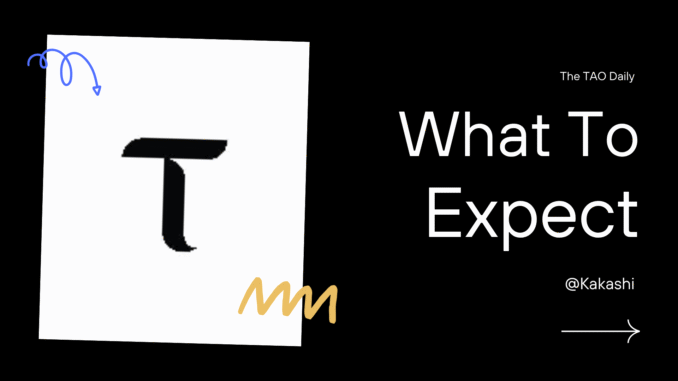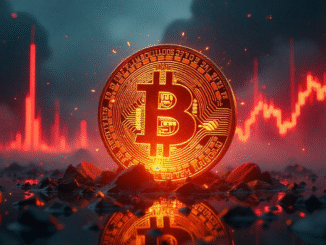
Contributor: Kakashi
“I think $TAO will go to $2,100 CONSERVATIVELY.” — James Altucher
Macro View — The Return of Easy Money
The U.S. economy is shifting toward new liquidity and new printed money. Fiscal spending remains high, deficits are widening, and the Federal Reserve has signaled the end of quantitative tightening.
Markets already anticipate rate cuts for 2026, setting up the first major rotation from defensive assets back into risk assets.
President Trump has emphasized that the Fed should avoid raising rates further, aligning with a broader pro-growth policy stance.
His administration’s open support for crypto — including talk of a U.S. strategic crypto reserve — is accelerating the mainstreaming of digital assets and AI infrastructure projects.
When borrowing costs fall, capital moves back into risk.
That’s how liquidity cycles turn — and crypto, as the highest-beta sector of innovation, is
usually the first to benefit.
As liquidity returns and capital shifts back into innovation, TAO stands at the center — the AI
backbone of crypto, turning network intelligence into real adoption.
TAO Halving — New Epoch & Less Sell Pressure
“The halving reduces selling pressure each day. High demand, lower supply = price goes up.” — James Altucher
TAO’s upcoming halving will cut daily emissions from 7,200 to 3,600 TAO per day — a 50 % reduction in new token supply while network demand continues to rise.
The design mirrors Bitcoin’s, a built-in mechanism that slows token creation and tightens market structure.
As issuance drops and activity grows, daily sell pressure naturally declines, creating a stronger base for the next expansion phase.
Flow-Based Emission — Less TAO Outflow
“Emissions now tie to TAO inflow, not price — fueling real network growth, increasing emission volatility, and reigniting dTAO demand.” — TrustedStake
The upcoming Flow-Based Emission update rewires incentives across the network: only subnets with higher TAO inflow than outflow receive emissions.
That forces subnet operators to optimize efficiency — cutting waste, increasing retention, and driving down selling.
The direct result:
- Less TAO outflow and market sell pressure
- More TAO held inside subnets
- Stronger alignment between real usage and rewards
This turns Bittensor into a self-balancing economy, rewarding genuine network growth and reducing speculative leakage.
Institutional Adoption — VC-Capital Flows Into Subnets
Institutional capital is entering the Bittensor ecosystem through the subnet layer itself.
Major funds including Yuma, DNA, Siam’s DSV, and Stillcore Capital (a new Bittensor-focused hedge fund founded by Mark Jeffrey) have begun building or backing subnet initiatives, establishing long-term positions in the infrastructure powering decentralized AI.
This marks a structural shift: institutional investors are no longer trading tokens for speculation; they are securing operational exposure inside the network itself.
At the same time, the TAO OTC channel for institutions — created to provide compliant, large-volume access — has already been fully bought out, signaling sustained institutional demand ahead of wider liquidity access.
Grayscale’s TAO Trust filing was the first public signal, and multiple ETF vehicles are now reportedly being structured for 2026.
For allocators seeking exposure to decentralized AI without managing subnets directly, these vehicles are becoming the institutional bridge.
TAO is required to participate
Capital flows into subnets → TAO is required → demand increases.
Institutions are not speculating on token price alone. They are building exposure to the network itself, using TAO as the access asset to the next generation of AI infrastructure.
As liquidity returns and institutions step in, TAO’s fundamentals do the rest.
This isn’t the top; it’s the beginning of price discovery for decentralized AI.




Be the first to comment